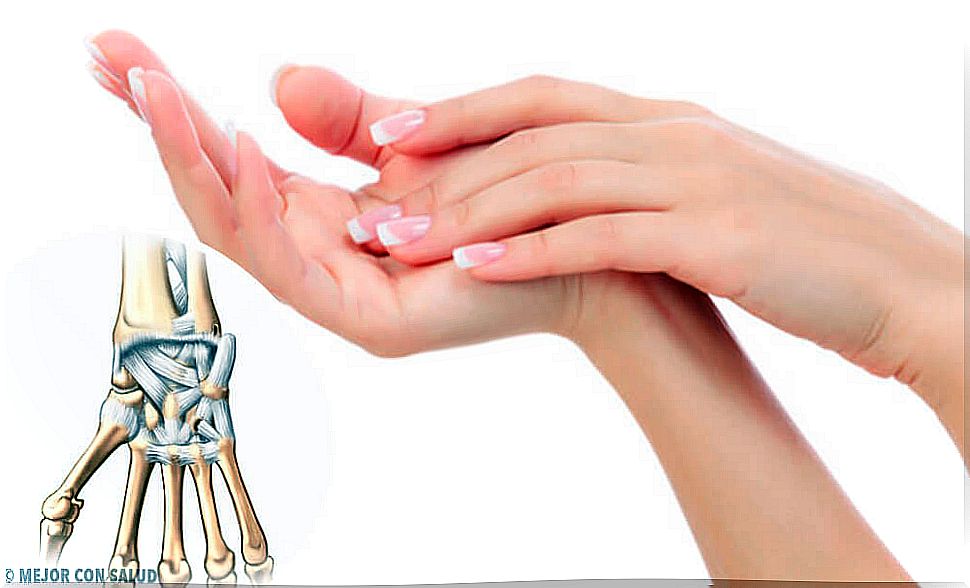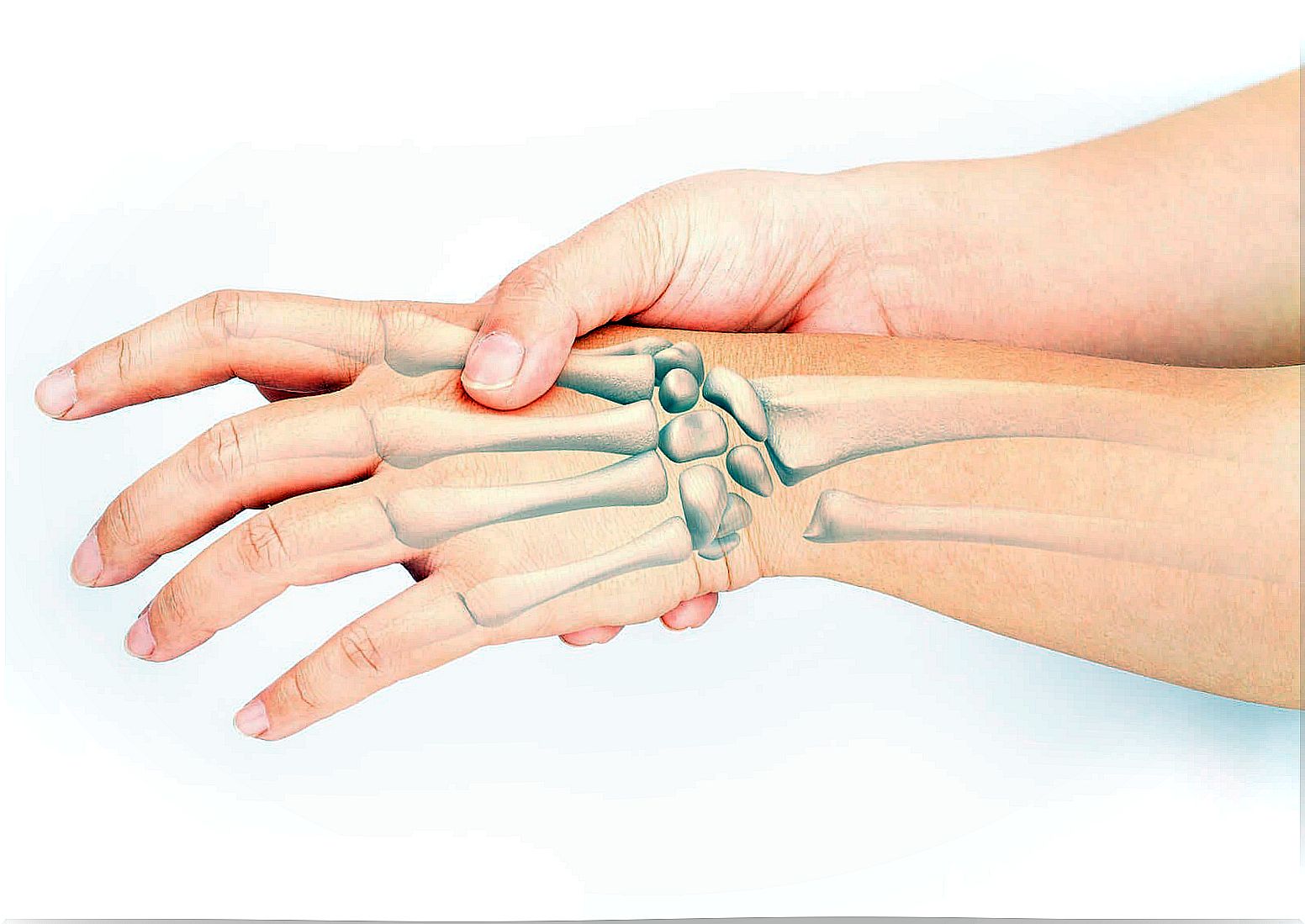Wrist Joint
The wrist joint is one of the most complex in human anatomy. It is made up of three joints that work together to enable up to four different types of movements.

It is very common that we do not pay attention to many parts of the body until they begin to cause discomfort. Has your wrist ever hurt after playing tennis, spending many hours typing on your computer, or trying to lift a heavy object? Do you know how this part of the body works and why it can bother you in certain situations?
As a whole, the wrist joint is the most complex in the human body. Its network of muscles and tendons facilitates movement and gives it strength. But that force can have its limitations in some circumstances and even more when we make sudden movements.
Structure of the wrist joint

The wrist joint is the anatomical area that allows the forearm and hand to join. It is made up of the most extreme parts of the bones of the forearm, ulna and radius, as well as the group of bones that make up the carpus.
Thanks to its structural characteristics, the wrist joint enables various complex movements to be carried out. Like other complex structures in the body, it is made up of several joints:
- Radiocarpal joint. In the upper part, it is formed by the radius and an articular disc located between the carpus and the ulna. In the lower part, by the scaphoid, the lunate and the pyramidal. It is reinforced by the joint capsule and lateral ligaments.
- External joint of the distal chamber. In the upper part, it has the surface of the scaphoid and, in the lower part, those of the trapezium and trapezoid. It is reinforced by the joint capsule and lateral ligaments.
- Internal articulation of the distal chamber. In the upper part, it has the surface of the scaphoid, lunate, pyramidal and pisiform. In the lower part, the large and hamate bones.
The bones of the wrist
As mentioned above, on the one hand are the most distal parts of the ulna and the radius on the wrist. On the other, are the carpal bones. In total, there are eight short bone structures that are arranged in two transverse rows. In turn, each row contains four bones.
The first row is the proximal carpal or forearm row. It goes from the area where the radius is to the region where the ulna is located. It is made up of the following bones:
- Scaphoid. It is the largest and longest in this row. It is located in the radial part of the carpus.
- Semilunar. It is between the scaphoid and the pyramidal. It articulates with the radius and with the large bone.
- Pyramidal. It is shaped like a quadrangular pyramid.
- Pisiform. It is rounded, but its shape is irregular. It articulates with the anterior face of the pyramidal.
The first three bones join together to articulate with the radius and the triangular fibrocartilage. They are the ones that properly form the radiocarpal joint. The second row of the carpus is made up of the following bones:
- Trapeze. It is located on the radial side of the carpus. It articulates with the first metacarpal.
- Trapezoid. It is between the large bone and the trapezius.
- Big. It is the largest volume.
- Hooky. It is shaped like a five-sided prism.
Wrist movements

The wrist allows a series of movements:
- Flexion of the wrist. It makes it possible to move the wrist joint between 80 ° and 90 °, starting from the straight or neutral position. The palmar major and ulnar posterior muscles are involved.
- Wrist extension. Extension is the movement that allows you to draw an arc with your hand extended. This extension should be approximately 70 °. It has the participation of two muscles: first external radial and posterior ulnar.
- Ulnar inclination or adduction. It is the movement of the hand that is made outwards, taking the ulna as a reference point. The normal thing is that the inclination is about 60 °. The muscles involved are the anterior ulnar and the posterior ulnar.
- Radial tilt or abduction. It is an inward movement, taking the radius as a reference point. The normal tilt is 25 °. It involves the palmar major and supinator longus muscles.
As we have seen, this fascinating and complex joint that allows us to move the hand is an area prone to injury in certain circumstances. In addition, you have to take care of it because it can be affected by ailments such as arthritis or osteoarthritis in the long term.









